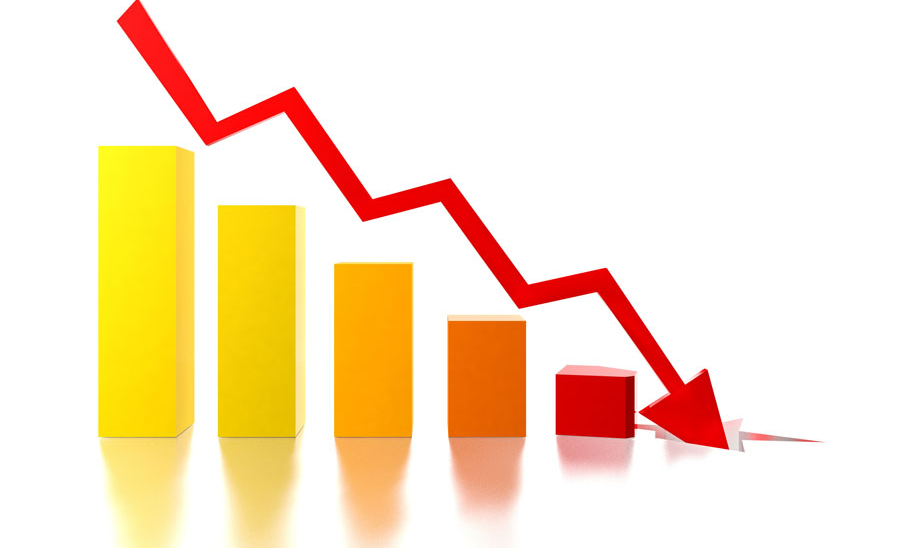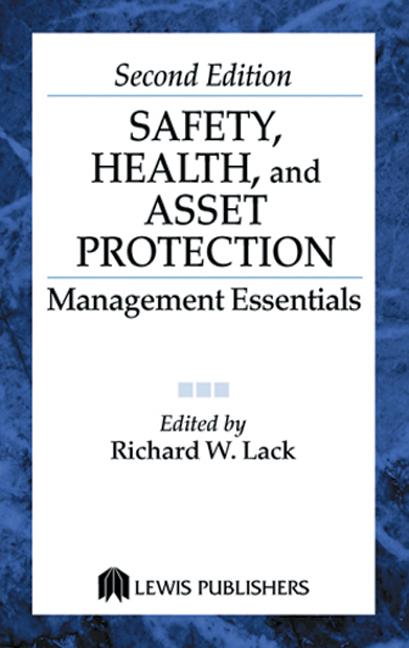For the first time in nearly a decade, the number of uninsured children in the United States increased, according to a report released by the Georgetown University Health Policy Institute. Data from the institute’s Center for Children and Families shows an estimated 276,000 more children were uninsured in 2017 than in 2016. No state (except for the District of Columbia) experienced a significant decline in the number of uninsured children in 2017.
Texas has the largest share of children without health coverage with more than one in five uninsured children in the U.S. residing in the state.
States with larger American Indian/ Alaska Native populations tend to have higher uninsured rates for children than the national average.
The biggest losers
Nine states saw statistically significant increases in the rate of uninsured children in 2017. In order of magnitude of change, they are: South Dakota, Utah, Texas, Georgia, South Carolina, Florida, Ohio, Tennessee, and Massachusetts. No state saw its number of uninsured children decline, except for DC.
The numbers represent a course reversal for progress the U.S. had been making in reducing the number of children without health insurance reversed course.
The number of uninsured children under age 191 nationwide increased by an estimated 276,000 to about 3.9 million (3,925,000) in 2017, according to newly-available data from the U.S. Census Bureau (Figure 1). The rate of uninsured children ticked upward from the historic low of 4.7 percent in 2016 to 5 percent in 2017 (Figure 2). Both of these changes were large enough to be statistically significant.
Why it matters
Coverage is important for children because it improves their access to needed services, such as well child checkups and medications, and provides better access to a usual source of care. Public coverage is also associated with improved educational outcomes and long-term health and economic gains.2
Three-quarters of the children who lost coverage between 2016 and 2017 live in states that have not expanded Medicaid coverage to parents and other low-income adults. The uninsured rates for children increased at almost triple the rate in non-expansion states than in states that have expanded Medicaid.
The share of children without health insurance nationally increased from 4.7 percent in 2016 to 5 percent in 2017. Nine states experienced statistically significant increases in their rate of uninsured children (SD, UT, TX, GA, SC, FL, OH, TN, MA).
Download the full report here.
Blog: New Report Shows Progress on Children’s Health Coverage Reversed Course
1. This report examines children under age 19 because of changes to the health insurance age categories in the 2017 American Community Survey. Our previous reports in this series examined children under 18—hence there are differences in previous years’ data, which have been recalculated for the purpose of consistency over time. Unless otherwise indicated, all 2017 data in this report are from a Georgetown University Center for Children and Families analysis of the American Community Survey (ACS). All 2016 data in this report are from Georgetown University Center for Children and Families tabulations of the single-year ACS data from IPUMS. See methodology section for more information.
2. For a summary of recent studies on the value of Medicaid coverage, see Chester, A. et al., “Medicaid is a Smart Investment in Children” (Washington, D.C.: Georgetown University Center for Children and Families, March 2017).





